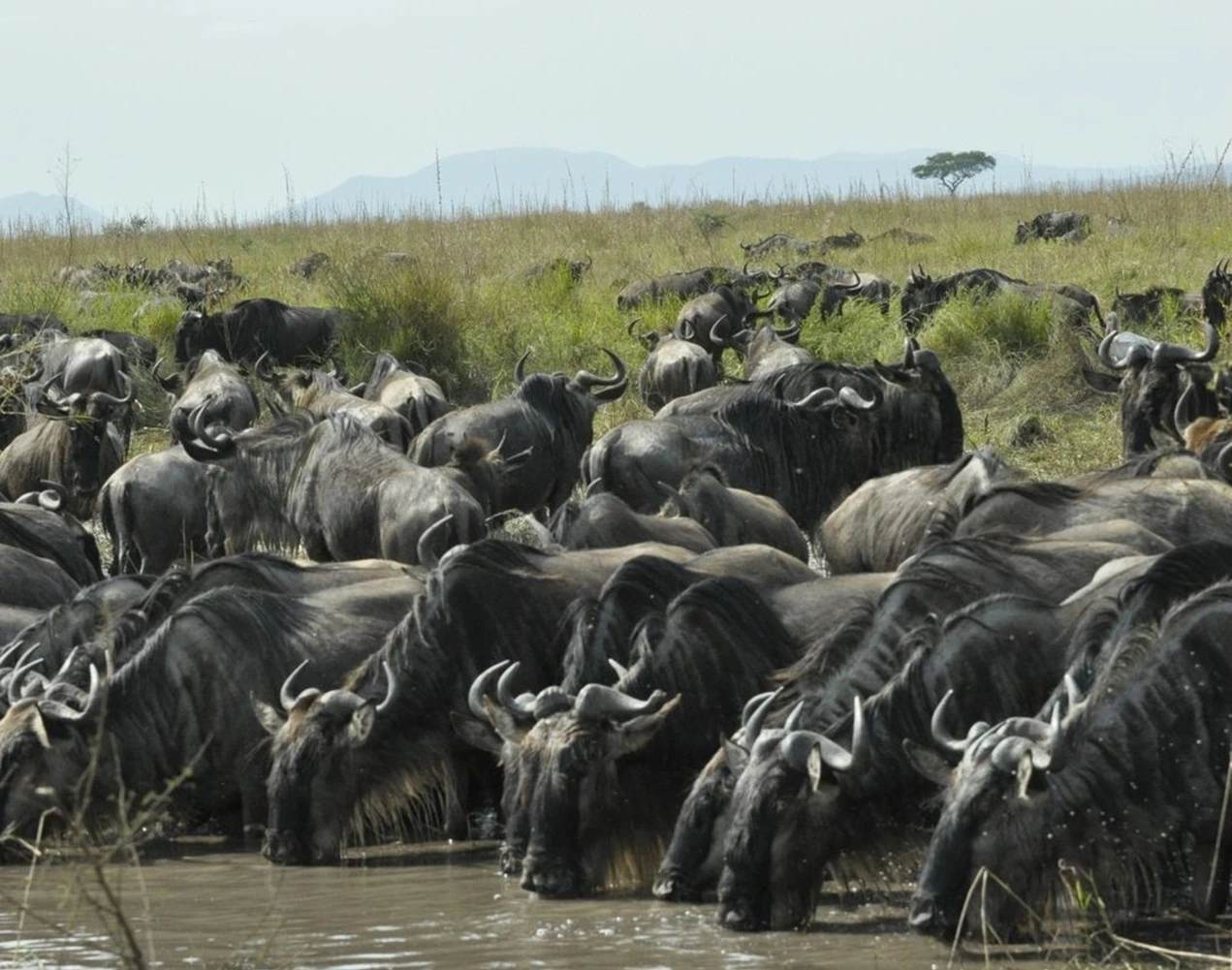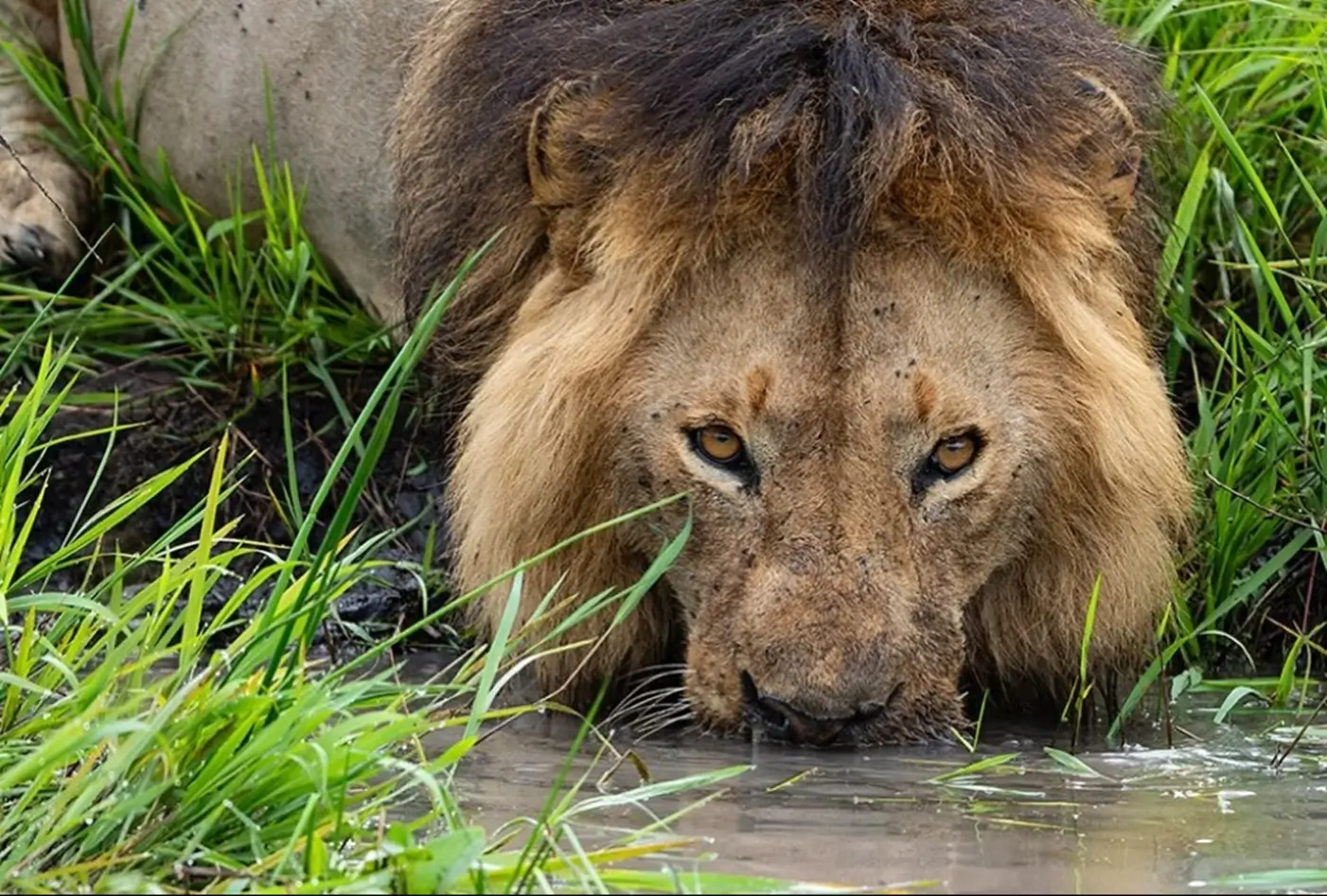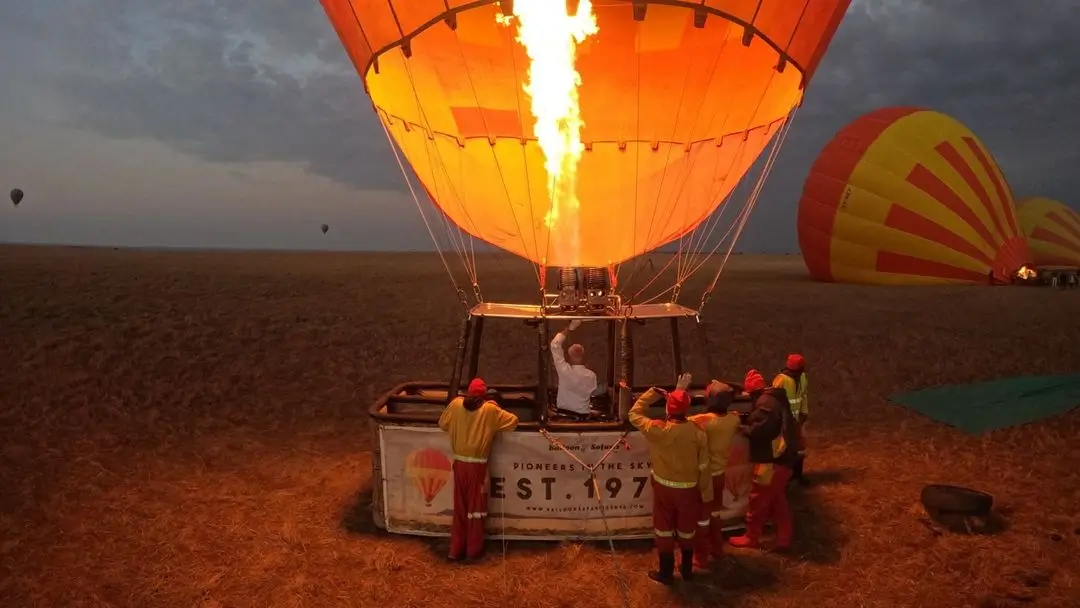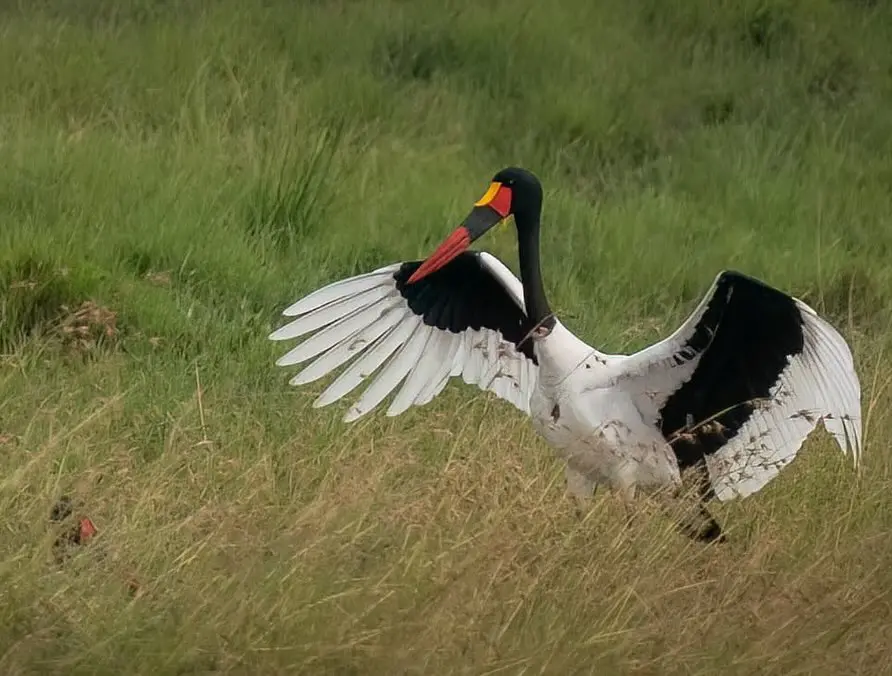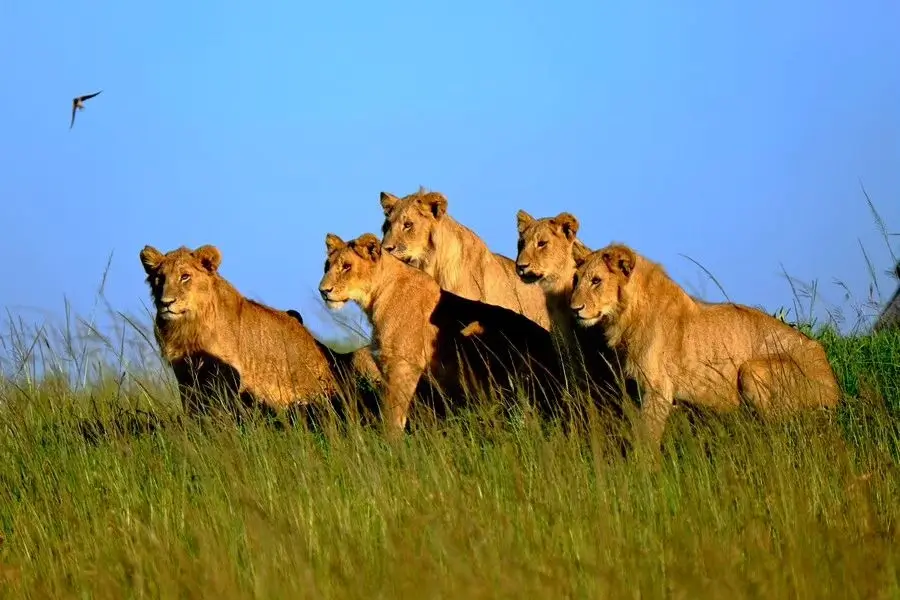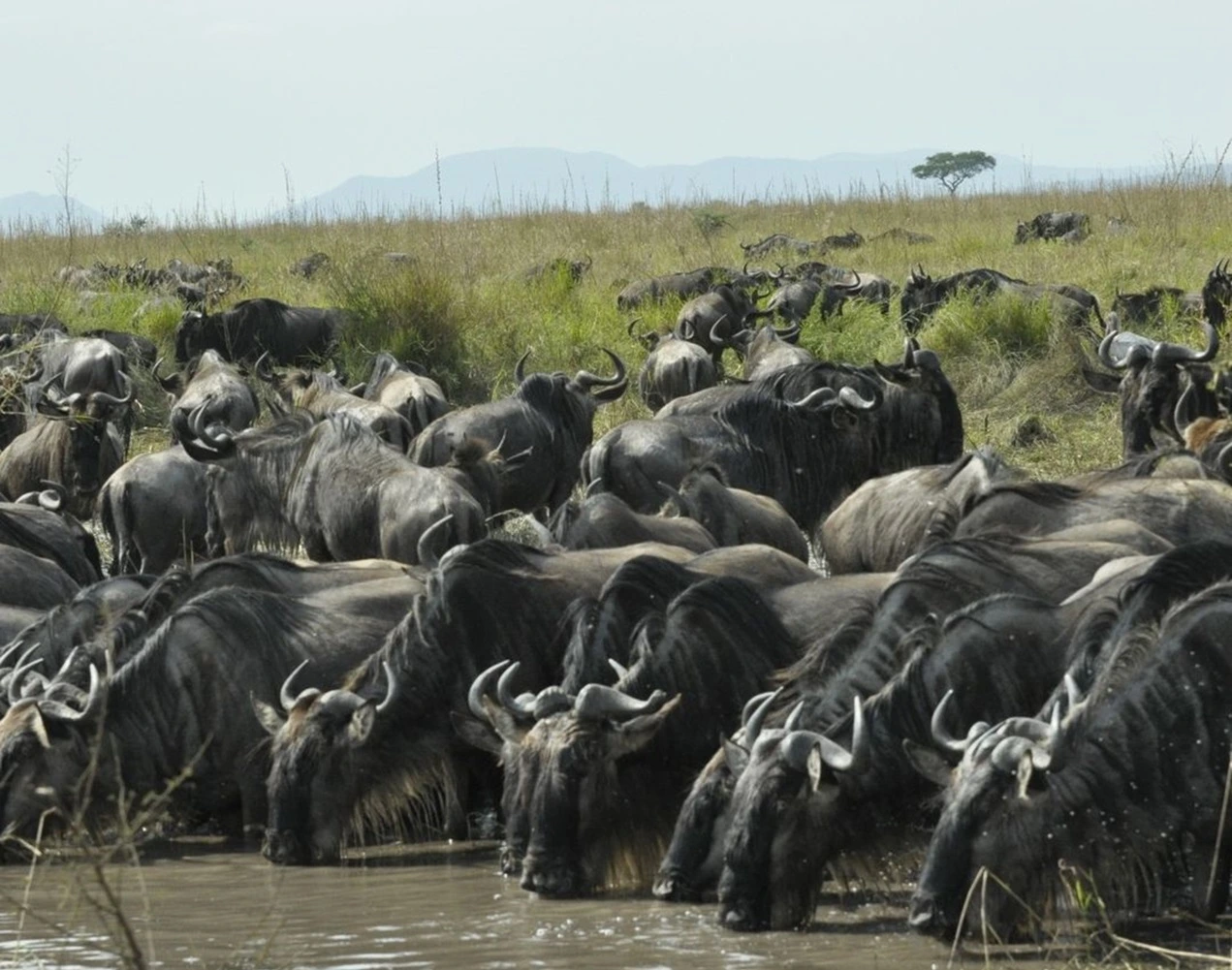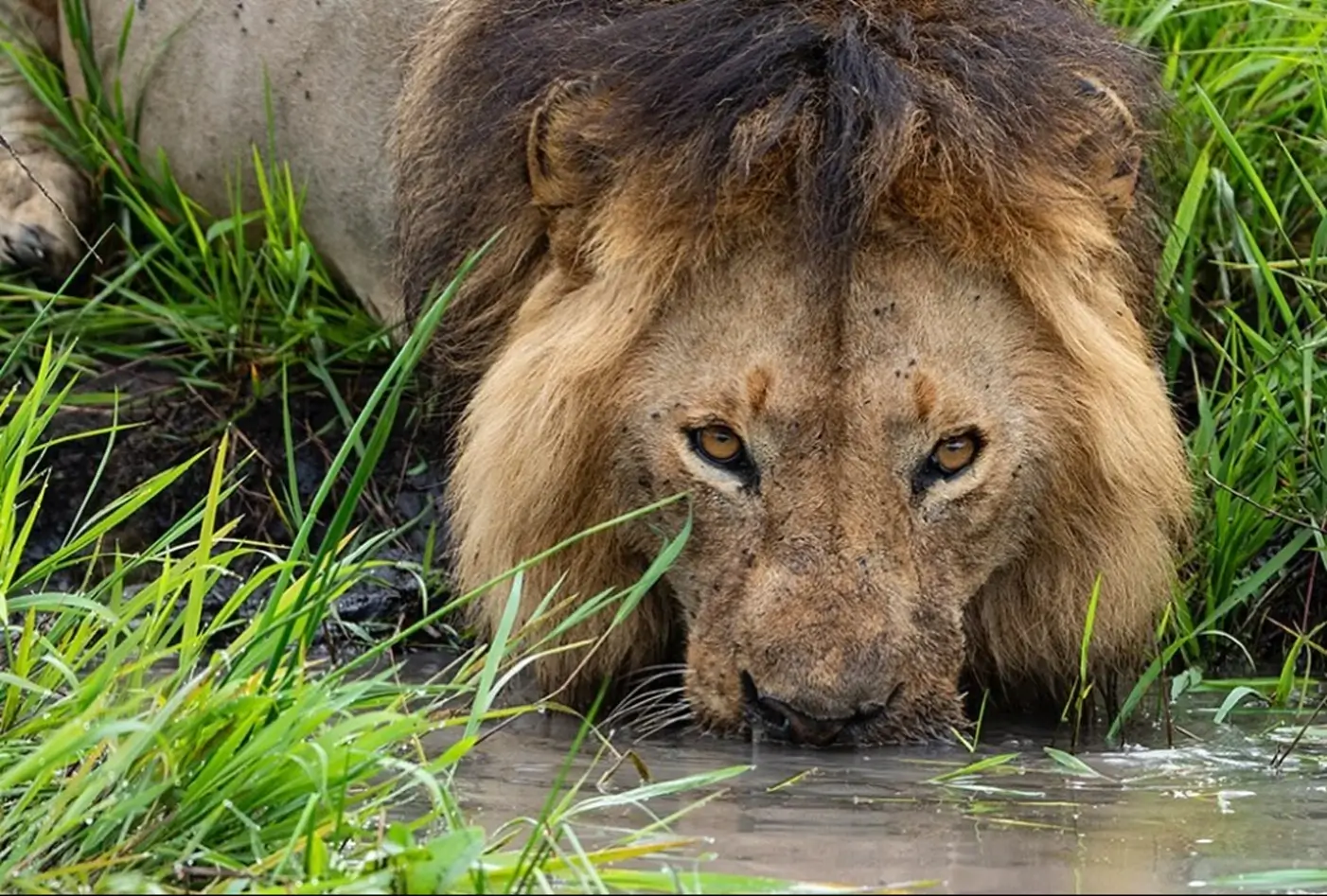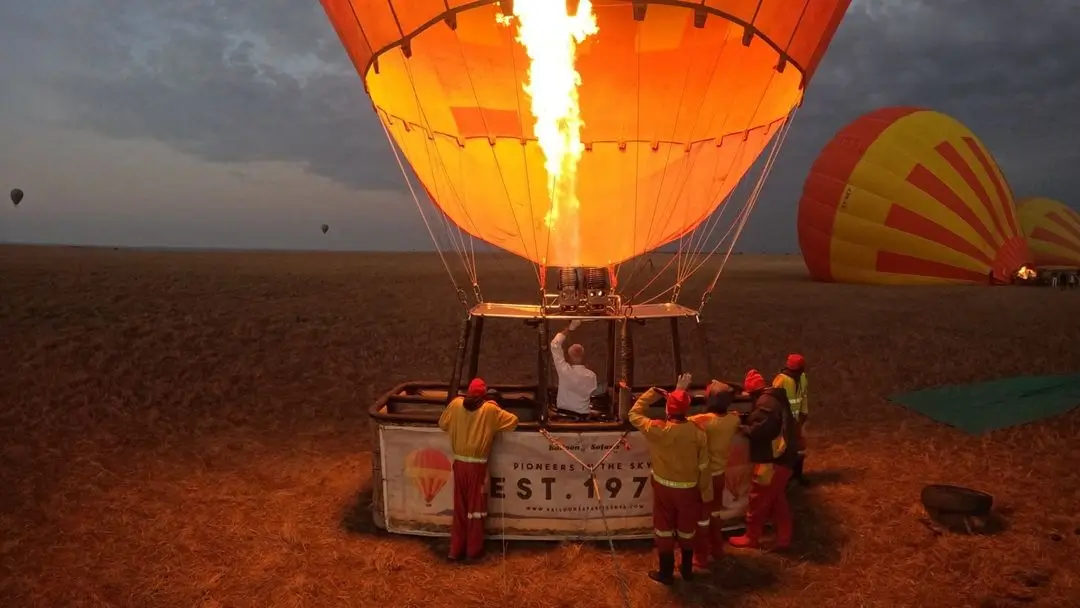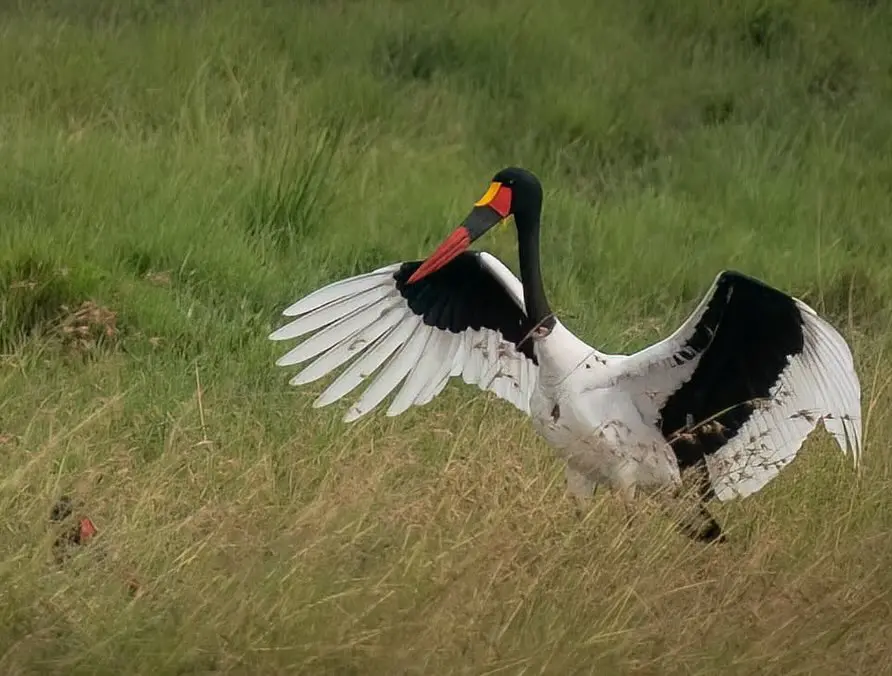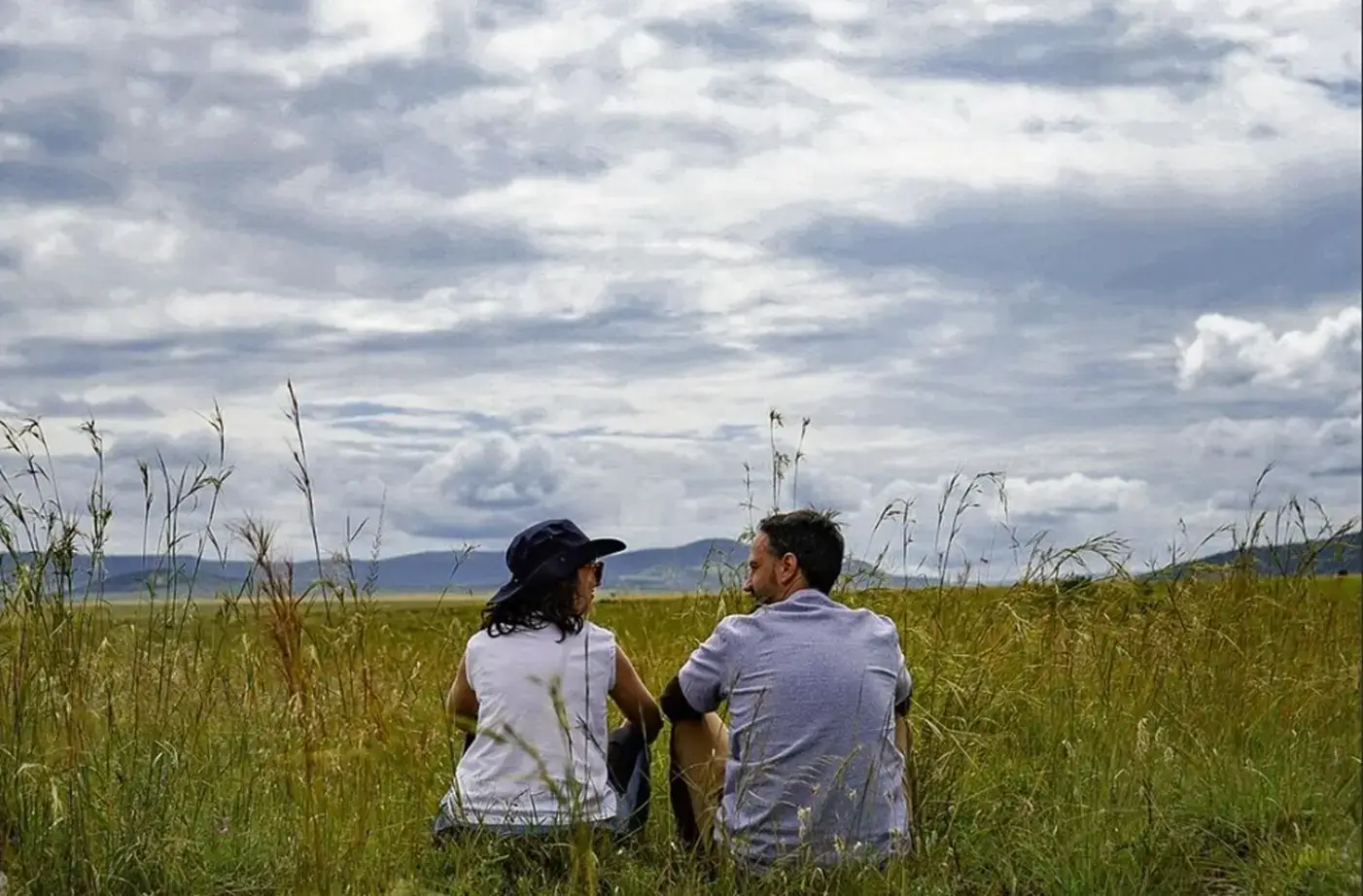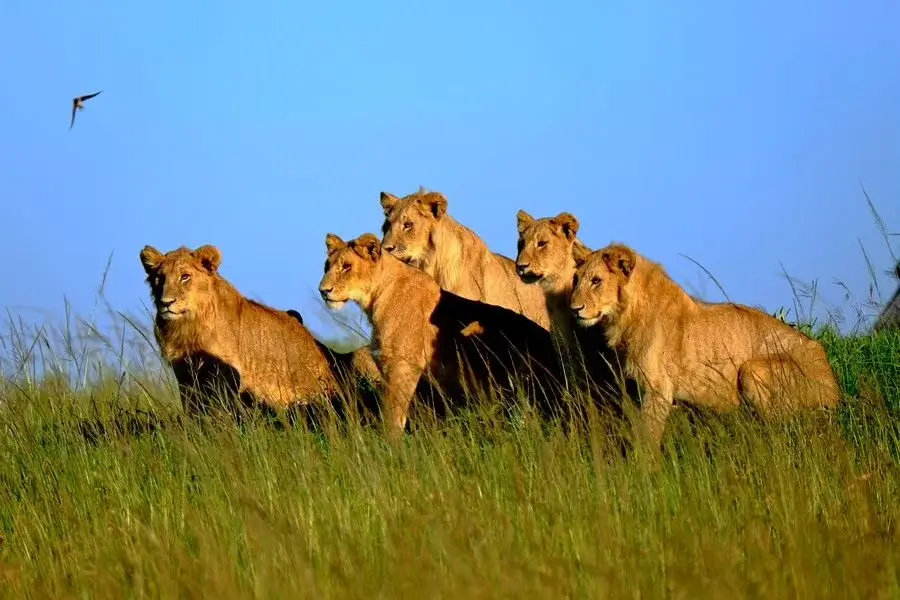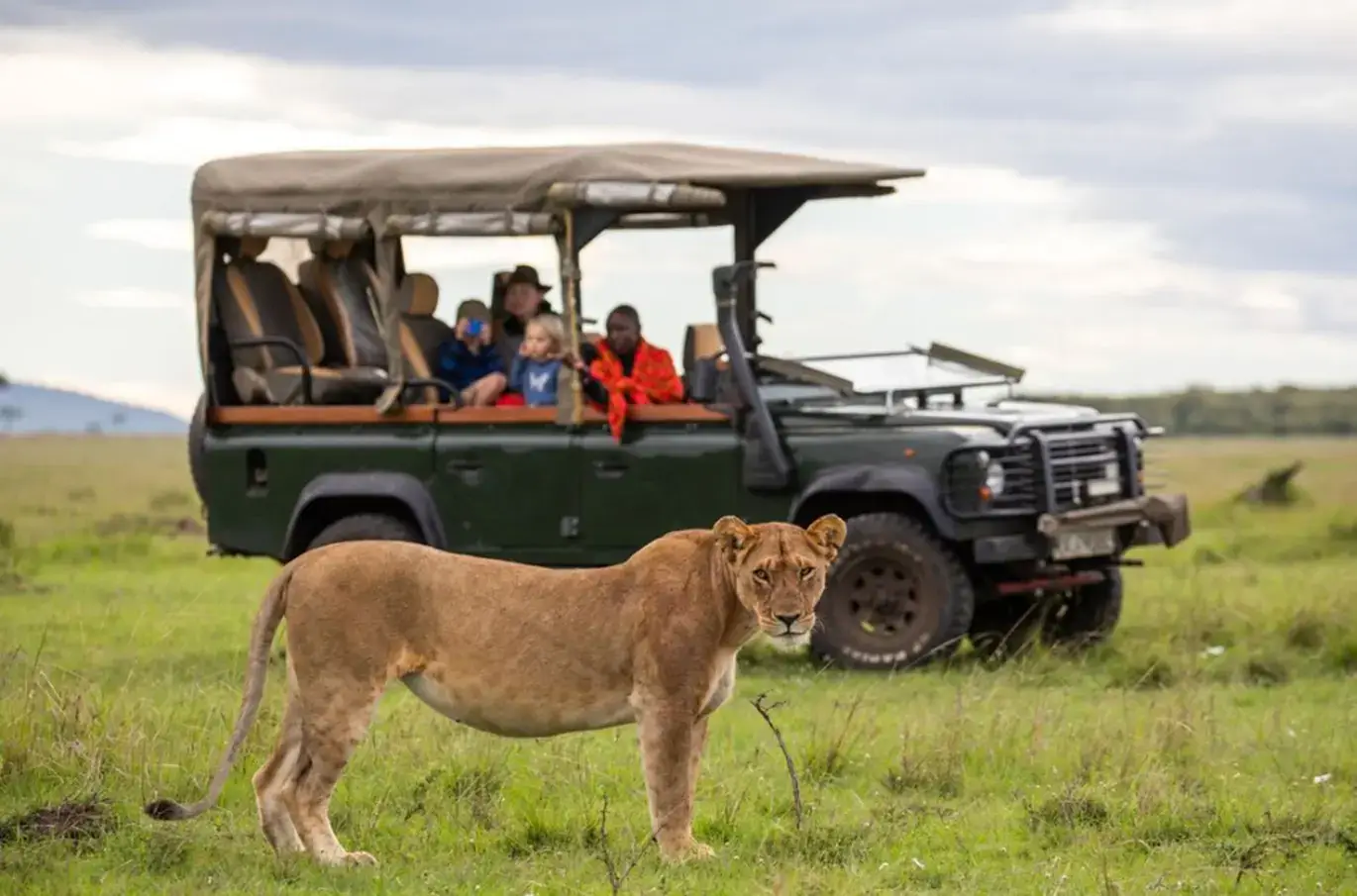|
Best Time
|
August and September
|
|
Major Activity
|
Witness over 1.5 million wildebeests cross the crocodile-infested Mara River.
|
|
Other Activities
|
View the Big 5, predator-prey interactions.
|
|
Weather
|
Dry season with cooler nights and clear skies.
|
When is the Best Time to Visit the Masai Mara?
The best time to visit the Masai Mara National Reserve depends largely on the type of experience you are looking for. This iconic reserve in Kenya is known for its stunning landscapes, abundant wildlife, and, most famously, the Great Migration.
For us, the Masai Mara is a fantastic safari destination year-round. However, each season offers something different that makes it unique.
Month by Month Guide to Masai Mara National Reserve
To help you plan your safari trip, here’s a detailed month-by-month guide for the best time to visit the Masai Mara National Reserve.
July to October for The Great Migration Spectacle
The period from July to October is often regarded as the best time of year to visit the Masai Mara, especially if you want to witness the Great Migration.
This is when over two million wildebeest, accompanied by zebras and gazelles, make their way into the Masai Mara from Tanzania’s Serengeti.
The highlight is the famed Mara River crossings, which offer a once-in-a-lifetime chance to see these animals bravely facing crocodile-infested waters in their pursuit of greener pastures.
These months are also an excellent time for wildlife viewing, with the dry season ensuring that animals gather around permanent water sources, providing fantastic game viewing opportunities.
November and December for Short Rains and Baby Boom
November and December mark the onset of the short rains in the Masai Mara. Though the rains may be seen as a deterrent, they bring new life to the region.
This is the season of plenty, with some lush green grasses and an abundance of newborn wildlife. Many antelope species, including gazelles and impalas, give birth during this time, attracting a large number of predators.
This is an ideal time to see the Masai Mara in Kenya come alive and witness the full wildlife cycle unfold.
January to March for Calving Season in the Masai Mara
The period from January to March is marked by the calving season. The grass is still green, and this is when predators like lions, cheetahs, and leopards thrive.
This is also one of the best times to visit the reserve for incredible predator action as lions are often seen hunting during this period. The weather is also quite warm, making it comfortable for long safari trips.
April to June: The Quiet Green Season
April to June is the long rainy season in the Masai Mara, also known as the "Green Season."
From our experience, this times makes the roads challenging to navigate due to the rains. However, this period offers a more relaxed safari experience with fewer crowds.
During this time, you can enjoy a more intimate connection with the reserve and plenty of wildlife with rich vegetation as a stunning backdrop.
Photographers find this to be the best time for bird watching and capturing the vibrant colors of the Mara.
Wildlife and Migration
The Masai Mara National Reserve is famous worldwide for its amazing wildlife diversity.
The Great Wildebeest Migration is the most renowned event for this reserve. However, the reserve also offers excellent wildlife viewing all year round, including Africa’s iconic Big Five—lions, elephants, buffaloes, leopards, and rhinos.
Witness the Great Migration
The Great Migration is one of nature’s most dramatic spectacles. Millions of wildebeest, along with zebras and gazelles, journey from the Serengeti to the Masai Mara in search of fresh grazing lands.
The Mara River crossings are an iconic highlight, and witnessing this scene during a safari is truly unforgettable. If you plan to go to the Masai Mara for the migration, then July to October is considered the best time for it.
Masai Mara Safari Experiences
Masai Mara National Reserve has very good experiences that make a safari trip enjoyable. For example, instead of a typical game drive, you can enjoy aerial view of the wildlife from a hot air balloon.
Balloon Safari Over the Mara
One of the most enchanting ways to experience the Masai Mara is by taking a balloon safari.
Just picture yourself soaring above the vast Mara plains at sunrise, taking in a bird’s-eye view of the wildlife below. This is an excellent experience during the Great Migration, offering a perspective like no other in this Kenya Safari.
Masai Mara Safari Packages
Kenya Peaks Adventures offers customized Masai Mara safari packages that ensure a perfect mix of adventure and relaxation.
We have reputable locals and tour guides that help you plan and get perfect Masai Mara's experience.
Our packages area ideal for a variety of visitors ranging from those interested in seeing the Mara River crossings, visiting the Masai Mara game reserve, to those embarking on an incredible wildlife journey.
Plan Your Trip to the Masai Mara
Regardless of when you decide to travel to Masai Mara, you will be greeted by its untamed beauty, unique culture, and impressive wildlife.
The dry season from July to October is the absolute best for game viewing, while the green season offers solitude and lush landscapes. If you're looking to visit the Masai Mara National Reserve for the migration, the best months are July through October.
Best Time to Visit Masai Mara in All Its Glory
The best time to see the Masai Mara really depends on what you're most excited about. If the Great Migration is on your bucket list, then July to October is your time.
However, if you're keen on seeing baby animals, predator action, and experiencing the quieter side of the national reserve, then the rainy months are the perfect choice.
When is the Best Time to go to the Masai Mara?
We recommend that you visit the Maasai Mara between July and October. These months to visit Masai Mara are perfect if you want to witness the magical Great Migration, see the predator-prey drama during the calving season, or enjoy a serene safari.
The Masai Mara never disappoints. It's one of the best safari destinations in Kenya and Tanzania that offers an unparalleled safari experience at any time of the year.
Are you Ready to Experience the Masai Mara?
Join our Kenya Peaks Adventures trip planners to a unique and personalized Masai Mara travel packages. Get in touch with us to start planning your trip to Kenya and discover why the Maasai Mara is one of the most beloved safari destinations in the world.
